Introduction
Metal containers are widely used in the food, beverage and consumer products industry due to their durability, strength and shelf life. The printing and decoration of these containers require the use of special inks to ensure proper adhesion and an attractive appearance. In this article, we will explore the inks used in metal packaging, their characteristics and the trends in the industry.
- Types of inks for metal packaging
There are different types of inks used in metallic packaging, which are adapted to the specific needs of each application. Some of the most common are:
a. Solvent-based inks: These are inks formulated with organic solvents that allow rapid evaporation and drying. These inks are ideal for high speed applications and offer good scratch and abrasion resistance.
b. Water-based inks: These inks use water as the main medium and are more environmentally friendly. Although slower drying than solvent-based inks, they offer good adhesion and resistance to humidity.
c. UV inks: Ultraviolet (UV) inks are cured by exposure to UV light, which allows for fast drying and excellent chemical and mechanical resistance. These inks are ideal for high quality and fine detail applications.
- Applications of inks in metallic containers
Metal packaging inks are used in a variety of applications, such as:
a. Food and beverage cans: The printing of labels and designs on food and beverage cans is essential to attract the consumer and provide information about the product.
b. Aerosols: Aerosol containers, such as those for cleaning products or deodorants, require inks that withstand exposure to chemicals and varying storage conditions.
c. Caps and closures: The inks used in metal caps and closures must be resistant to wear and corrosion to ensure the integrity of the packaged product.
- Trends in inks for metal containers
a. Thermochromic inks: These inks change color according to temperature, which allows to indicate the ideal consumption temperature or to reveal hidden messages and designs.
b. Green inks: Growing concern for the environment has driven the development of more sustainable inks, such as water-based inks and UV inks, which reduce the use of solvents and volatile organic compound (VOC) emissions.
c. Innovations in design: Research in new ink and varnish technologies allows the creation of more attractive and personalized designs for metal packaging, improving communication with the consumer and brand differentiation.
Conclusion
Metal packaging inks are essential to achieve an attractive appearance and adequate product protection. The choice of the appropriate ink will depend on the specific application and the strength and adhesion requirements. The industry continues to innovate in the development of more sustainable inks with greater design possibilities, allowing brands to communicate more effectively with their consumers and differentiate themselves in the marketplace.

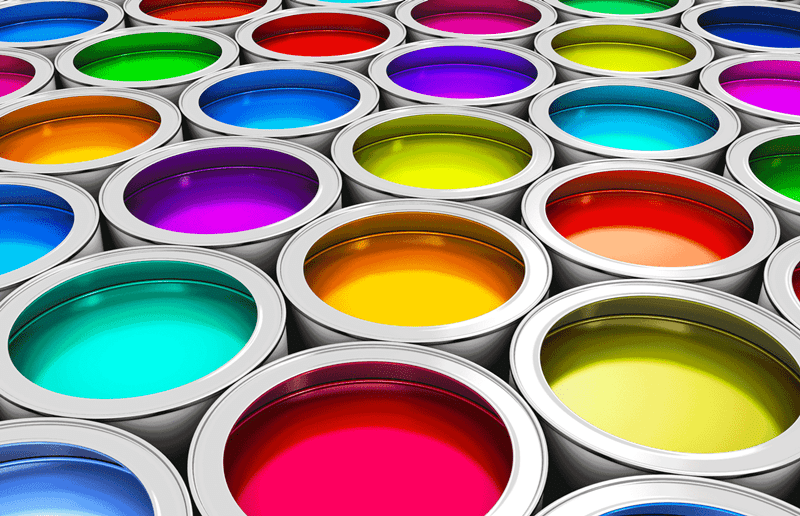
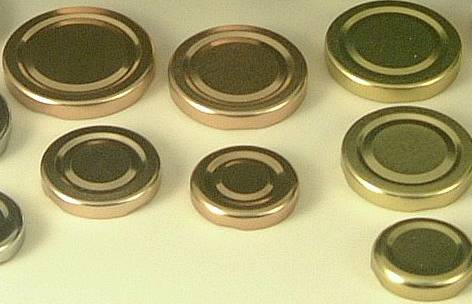



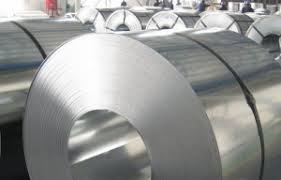
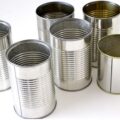

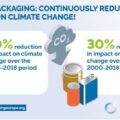
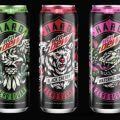
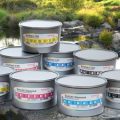




I am using ink for metal packaging in ROPP segment. Would like to have product details & prices please